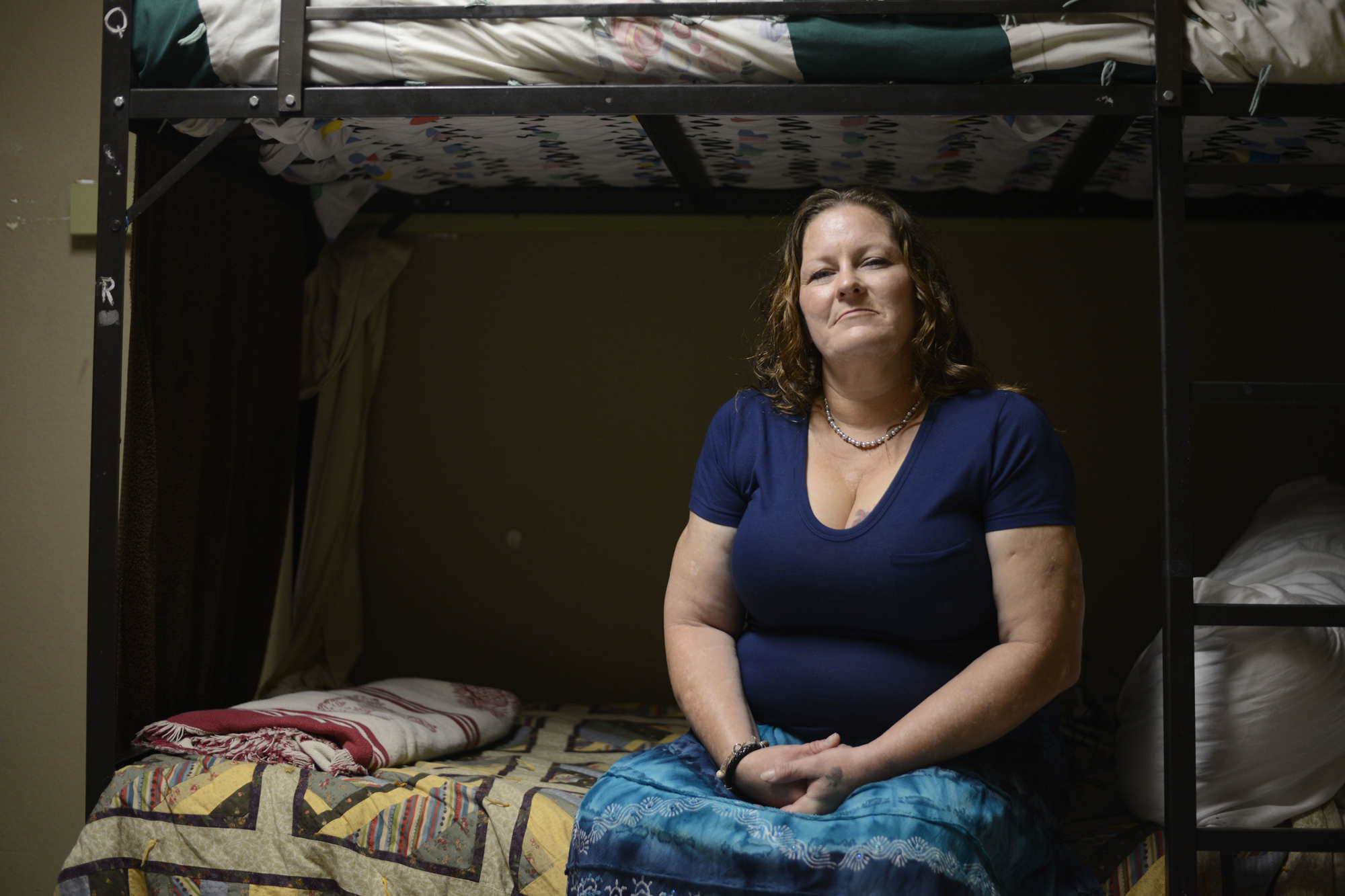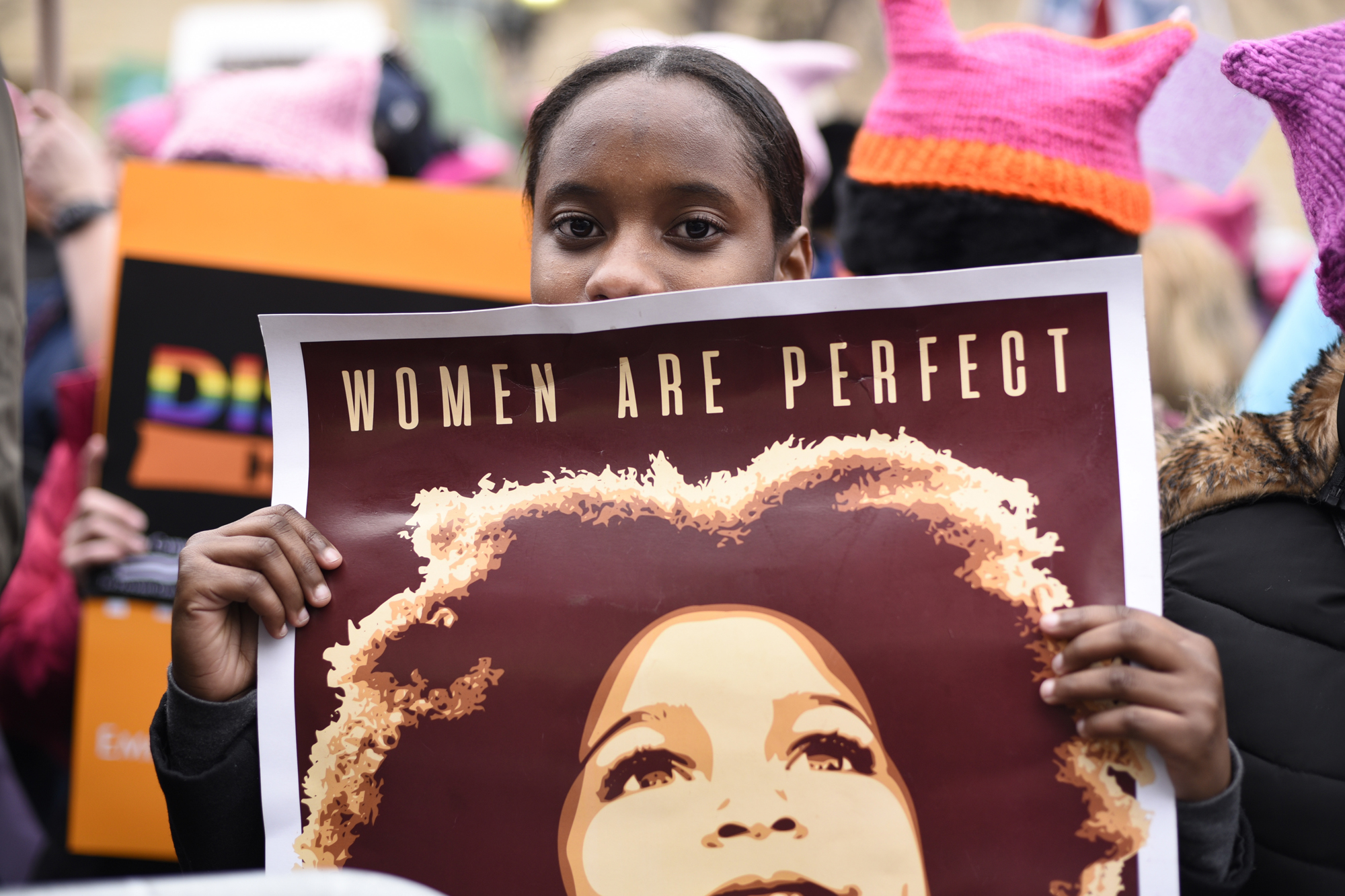When epidemiologists at the Johns Hopkins School of Public Health recently recalculated cervical cancer mortality rates, they found that black women were nearly twice as likely to die from the disease as we previously thought. What’s more, the researchers found that black women die from cervical cancer at rates more than double those of white women—a gap that is also twice as large as earlier estimates.
The study revealed that, among black women, there are 10.1 cervical cancer deaths per every 100,000 individuals—versus just 4.7 per 100,000 white women. Previously, these figures were believed to be 5.7 and 3.2, respectively.
Get TalkPoverty In Your Inbox
It’s hardly a secret that socioeconomic status and racial discrimination greatly impact patients’ health outcomes in the United States. Low-income patients with diabetes are 10 times more likely to undergo limb amputation than affluent ones, black women are 41% more likely than white women to die from breast cancer, and even though African Americans are more likely to have elevated blood pressure than white Americans, they are 10% less likely to be screened for high cholesterol. The list goes on.
But what makes the recalculated cervical cancer death rates stand out is that the disease is preventable as long as it is detected early and treated appropriately. The low fatality rates among white women by and large reflect that fact. Black women, however, die from cervical cancer at rates comparable to those in sub-Saharan Africa.
One of the factors behind the disparity is that black patients face inferior access to quality detection services and follow-up care (the root cause of which is, of course, racial discrimination). Another recent study of patients with advanced-stage cervical cancer found that a majority received substandard care, and that those patients were more likely to be black and low-income.
As Dr. Otis W. Brawley, the Chief Medical Officer for the American Cancer Society, said in response to the Johns Hopkins study, “When we look at the difference between black and white, and rich and poor, we find the same disparity. The quality of assessment and follow-up treatment can be the difference. The question becomes: How do we get adequate preventive care to all people?”
But unlike the medical community, whose goal is to expand care, Congressional Republicans’ relentless attacks on the Affordable Care Act and Planned Parenthood will dramatically reduce it—and worsen the racial disparities that have killed so many black women.
The Affordable Care Act mandated coverage of cervical cancer detection services—along with all preventive care—at no cost to the patient. But the Republican-controlled Congress and White House have already taken steps to dismantle the ACA, and the fate of preventive care is uncertain as a result. (Conversations between House and Senate Republicans reveal that there is no consensus around how best to replace the healthcare law.) If racial disparities in cervical cancer death rates boil down to unequal access to quality detection services and subsequent treatment, then patients who struggle to afford care are bound to be worse off under repeal.
The proposal to roll back the Medicaid expansion, backed by many Congressional Republicans, threatens to strip coverage—and thereby the ability to obtain detection services and treatment—from the patients who arguably need it the most. Some 11 million low-income individuals will lose access to Medicaid under this proposal, and black women are more likely to be affected. Moreover, the proposal to turn Medicaid into a block grant will cut between 14 million and 20 million patients from the health insurance program.
Furthermore, Congressional Republicans continue to target Planned Parenthood, a core provider of reproductive and sexual health services—cervical cancer detection included. If they defund Planned Parenthood, the health care provider will be stripped of more than one-third of its budget. Low-income women and women of color, who are disproportionately represented among its patients, will likely suffer worse medical outcomes as a result. And if Congressional Republicans follow through with plans to slash Title X—the nation’s only federal source of funds for reproductive health clinics—patients will find cervical cancer detection services (and other vital healthcare) even further out of reach.
Racial disparities in medical outcomes are completely avoidable—particularly when the disease in question is as preventable as cervical cancer. While the medical community rallies to address these differences in mortality rates, efforts to rectify them will only be stymied by Congressional Republicans. But the cost, in this case, is people’s lives.










